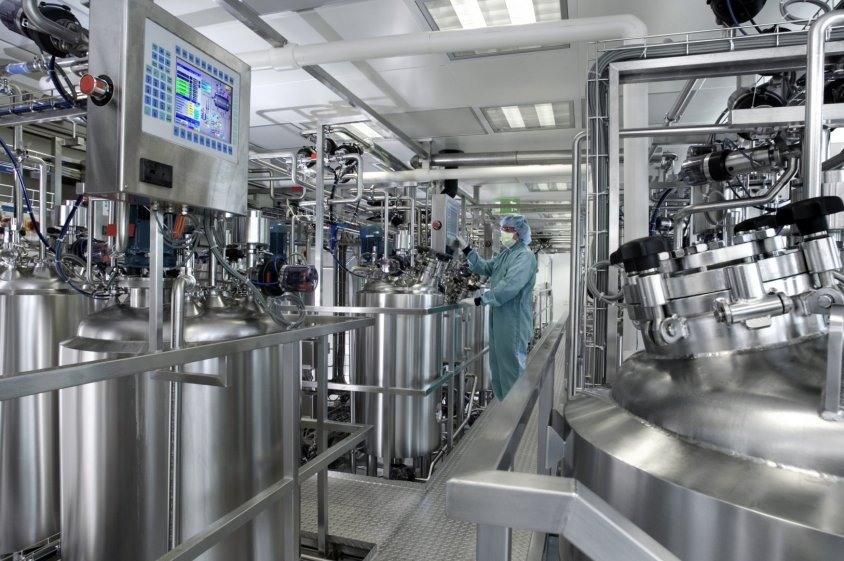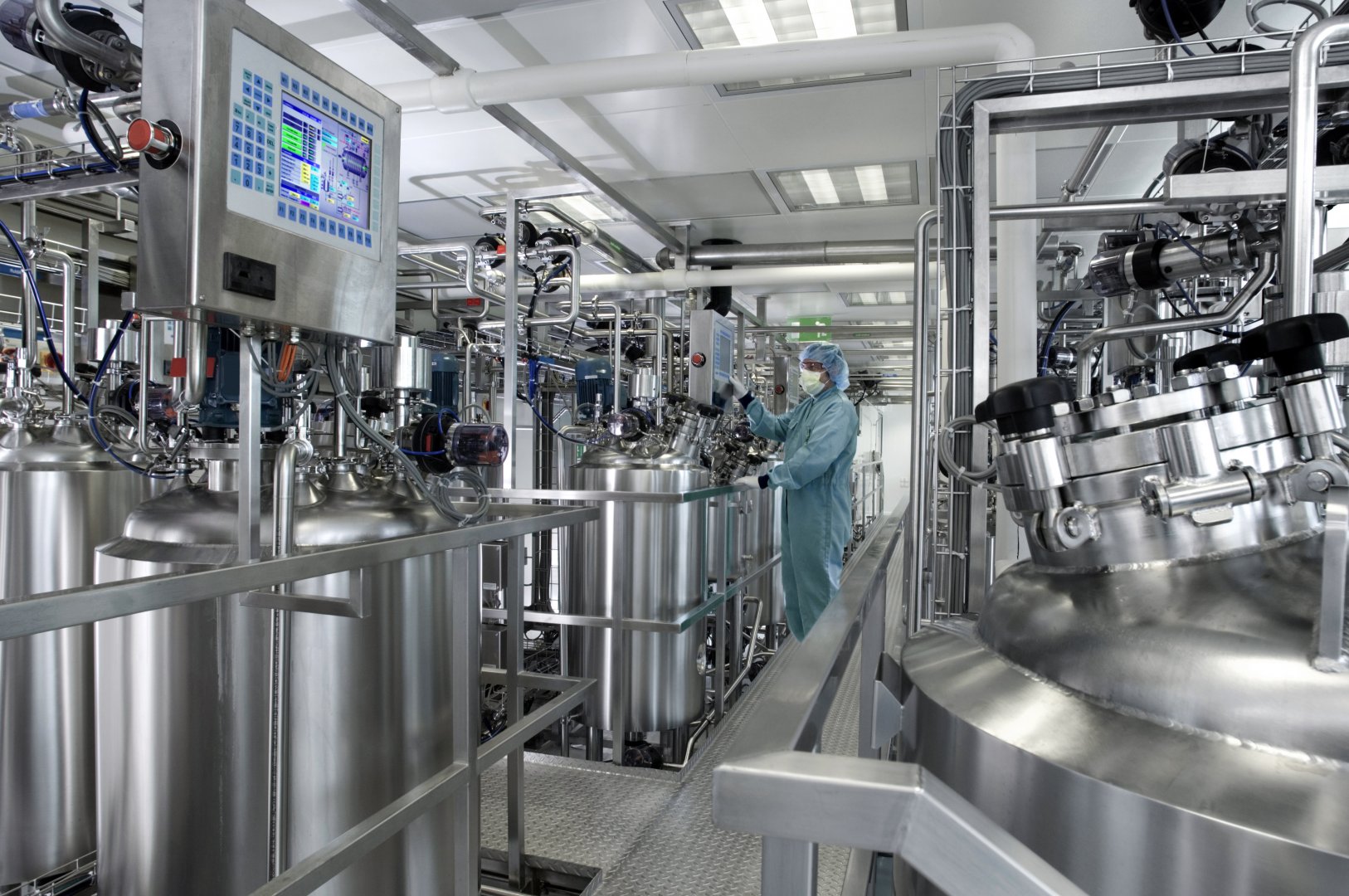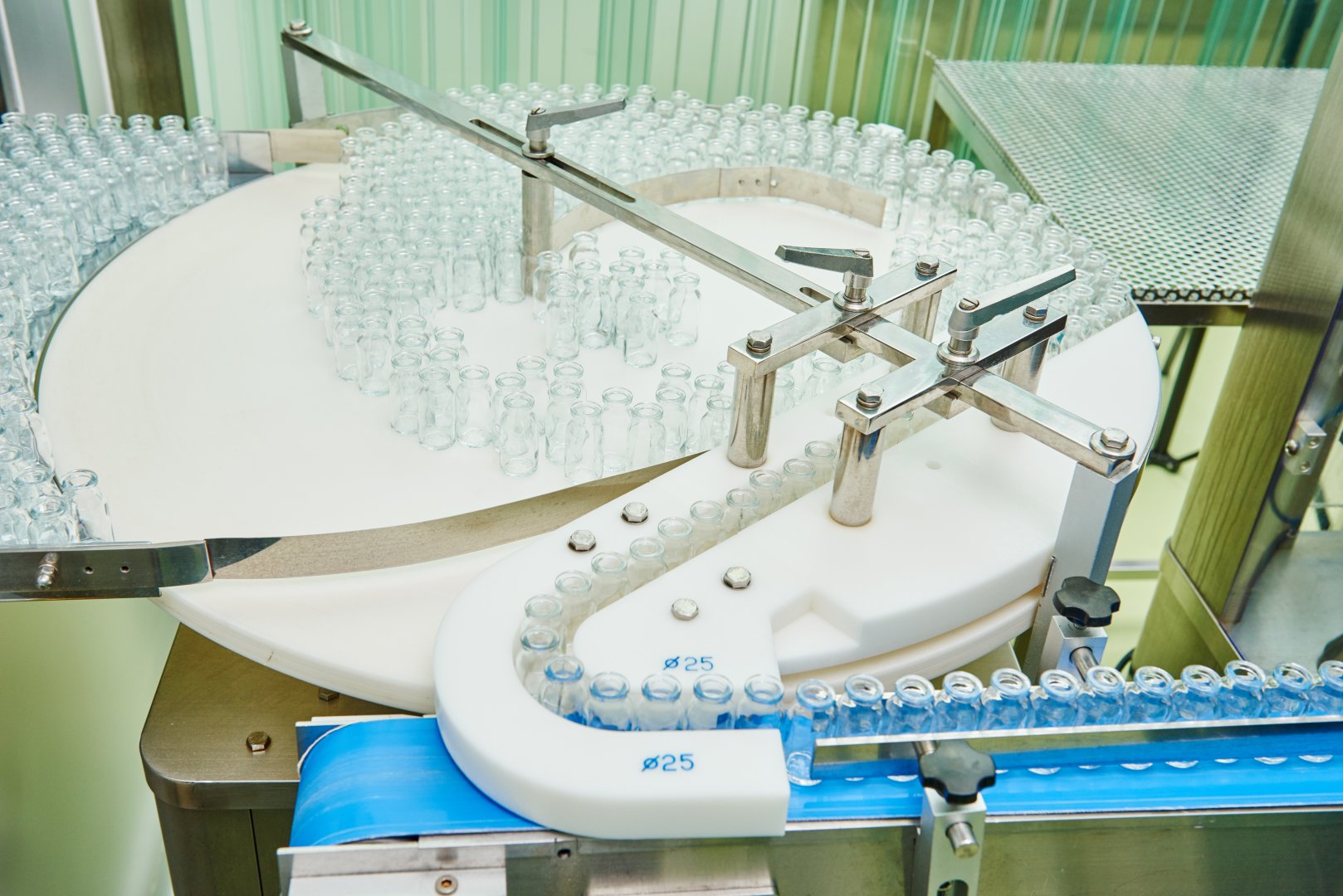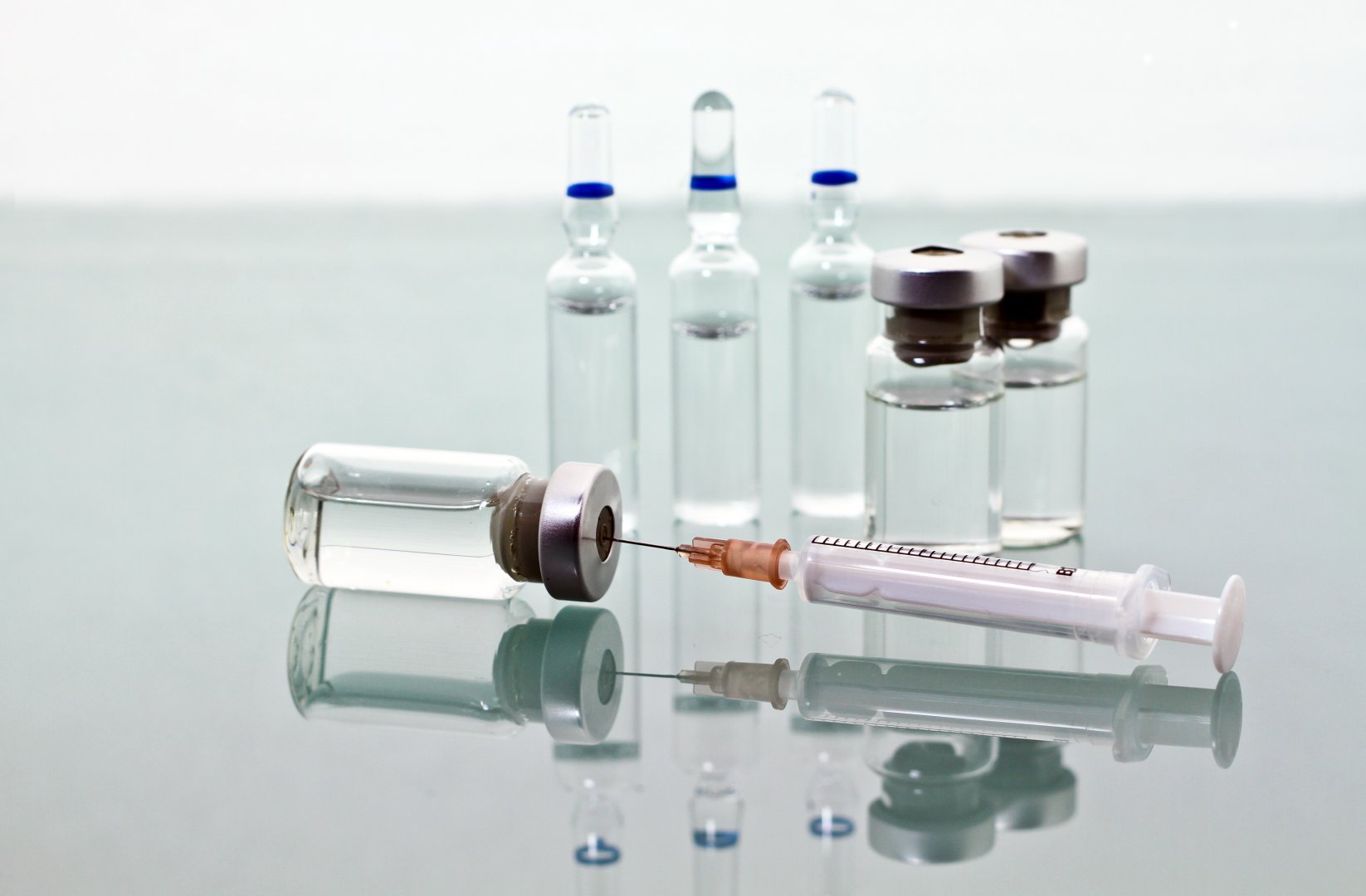Do you know how to prepare a contamination control strategy document? Or how to create your contamination control strategy from scratch? If you don't, please join us to learn how to draft a proper contamination control strategy as per new GMP Annex1 2022.
New GMP Annex1 and Contamination Control Strategy
One of the most important news in the pharmaceutical industry from a regulatory standpoint was the New GMP Annex 1 revision in 2022. With more than a revision, 99 new paragraphs, and several new definitions, the new GMP Annex 1 becomes a completely new document for most of us.
Contamination Control Strategy (CCS) is one of those new requirements. But, do we know how to prepare a contamination control strategy? According to the GMP Annex1 2022; «A Contamination Control Strategy (CCS) should be implemented across the facility in order to define all critical control points and assess the effectiveness of all the controls (design, procedural, technical and organizational) and monitoring». Since this is a quite new concept, this article will summarize it with 3 easy and “self-explanatory” steps to make it easy to remember and implement. This will allow you to get a proper Contamination Control Strategy Template. Follow these 3 easy steps to create your contamination control strategy document.
1. Contamination
First of all, to prepare a contamination control strategy, define all contamination sources from raw material to production, quality, and packaging. Starting with defining the “Types of Contamination” is critical here. Airborne, endotoxin/pyrogen, surface, and raw material contamination could be the areas of investigation.
“Source of Contaminants” will be your next step to define. HVAC systems, ductwork, AHUs, personnel, materials within the cleanroom, and cleaning efficiency will be the main areas for this step. Make sure you have the right team to brainstorm these steps with a well-knowledge of process, cleanroom operations, and production. Don't forget; this is not a single-department task. The Contamination Control Strategy template should be created through multi-disciplinary efforts.
The final step to identifying our contamination will be defining the “Potential Contamination Areas” which could be any step on our production stream. From raw material handling to formulation, and sterile filtration to the filling and the lyophilization processes if any. From A to Z, think about your process, and potential critical points that the product will expose to any kind of viable & non-viable contamination.
2. Control
To control, define your risk and take necessary precautions to prevent contamination. This “Control” step will require deep knowledge of the process, not limited to production, qualification, and engineering but all should equally contribute. All types of flows; material, personnel, air handling, and equipment should be investigated to find critical control points and define your control limits. For material and infrastructure, think about design, maintenance, filtration, and critical equipment. Personnel is the key here with their flow within the cleanroom, gowning, proper training, and material handling throughout the process. Information from qualifications such as equipment, HVAC, and laboratory could be used as primary input to define control parameters. Trend analysis and year-over-year drifts could give you a nice indication of your control limits. Simulations such as media fill, gowning, and material handling can lead you to the most useful data from your process. Especially media fill operations and results can indicate weak points, risk levels, and proper measures to handle.
3. Strategy
Since you have identified all contamination sources and defined your control parameters, now strategy will help you to ensure that the overall system is under control on a life cycle basis. Testing and monitoring your critical control points will give you the right indications to take necessary actions. Environmental monitoring such as temperature, relative humidity, and differential pressure viable and non-viable air sampling will guide you to get direct data from the field for your strategy. Personnel monitoring including routine tests (gloves, gowning, cleaning attributes, etc) and routine testing such as sterility, lethality, bioburden, and HVAC qualification will support your overall plan by providing you the outputs to consider.
What do you need to develop a proper Contamination Control Strategy document?
- Process and technical knowledge,
- Define the entire process workflow,
- Define critical control points
- Define risk and identify risk levels,
- Minimize the risk of contamination
- Assess, control, and monitor individually
- Consider collective effectiveness together.
What should be included in your Contamination Control Strategy Document?
- A process and product overview,
- Risk assessment tools that are being applied,
- All critical control points explained,
- Limits (alert and action) defined,
- Risk Priorities, predictive maintenance, risk-reducing actions and results as CAPA,
- Period review plan,
- Plan and actions for disaster recovery,
- Monitoring and output review including data trending.









